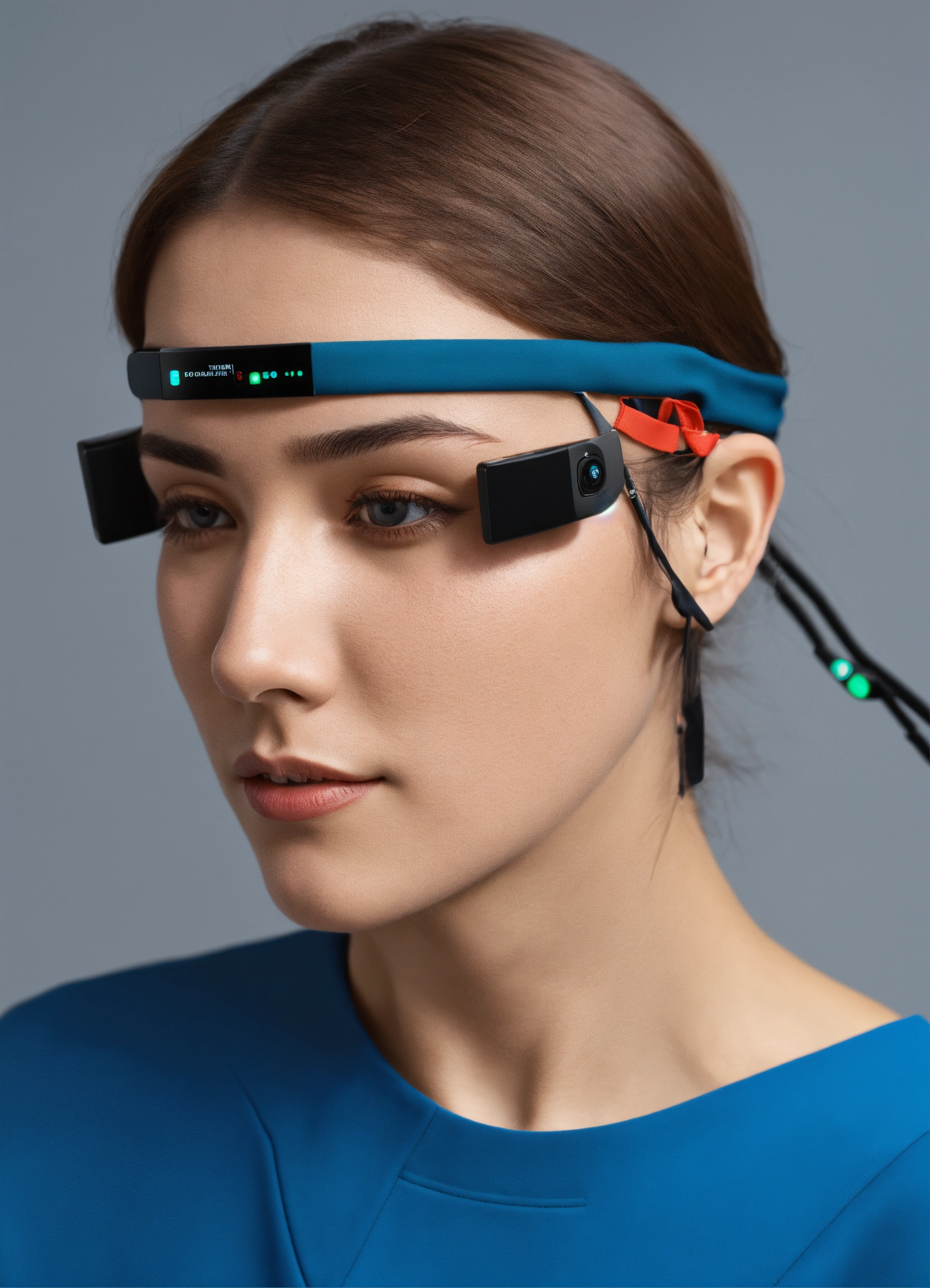In recent years, wearable technology has transformed the way we approach health and fitness. From smartwatches to fitness trackers, wearable devices have become essential tools for anyone looking to improve their well-being. These gadgets allow users to monitor vital health metrics, track their fitness progress, and receive real-time insights to help them make healthier decisions.
1. Real-Time Health Monitoring
Wearables like the Apple Watch, Fitbit, and Garmin offer real-time health tracking features that monitor everything from heart rate to calories burned. This allows users to continuously track their physical activity and get immediate feedback on their fitness progress. The ability to monitor health metrics 24/7 can help detect potential issues early, providing valuable insights for both fitness enthusiasts and people with specific health concerns.
2. Sleep Tracking for Better Rest
A good night’s sleep is crucial for overall health, and wearable devices have made it easier to monitor sleep patterns. Wearables like the Oura Ring and Whoop Strap can track the different stages of sleep (deep, light, REM), as well as sleep duration and sleep quality. This data allows users to identify patterns and make adjustments to improve sleep quality, ultimately boosting both physical and mental well-being.
3. Fitness Goals & Progress Tracking
Fitness trackers are now equipped with advanced features that allow users to set specific health and fitness goals. Whether it’s aiming for a daily step count, a target number of calories burned, or distance goals for running, wearables like the Garmin Forerunner or Polar Ignite can track your progress and keep you motivated. These devices can also offer personalized workout recommendations based on user data, helping individuals stay on track and reach their fitness goals faster.
4. Heart Rate Monitoring & Cardiovascular Health
Heart rate monitoring is one of the most popular features of wearable tech. Many devices now track resting heart rate, heart rate variability, and exercise heart rate, providing a comprehensive picture of cardiovascular health. Continuous heart rate tracking helps individuals stay within safe limits during exercise, ensuring optimal performance and avoiding overexertion. By tracking long-term trends, wearables can also alert users to potential issues like arrhythmia or other heart conditions.
5. Tracking Mental Health & Stress Levels
Mental health is just as important as physical health, and wearable devices are now incorporating features to track stress levels and mood. The Apple Watch and Fitbit Sense can measure skin temperature, heart rate variability, and breathing rate, which can all be indicators of stress or anxiety. With this information, wearables can provide real-time recommendations to help users manage stress, such as breathing exercises or relaxation techniques.
6. Encouraging Movement & Active Lifestyles
One of the most important aspects of fitness wearables is their ability to encourage more movement throughout the day. Most devices, including Fitbit and Samsung Galaxy Watch, have features that remind users to stand up, stretch, or walk after extended periods of inactivity. These gentle reminders help combat the negative effects of a sedentary lifestyle, prompting users to stay more active throughout the day.
7. Personalized Fitness Plans
Wearables are now capable of creating personalized fitness plans based on a user’s individual health data. Devices like the Whoop Strap use data collected from your workouts, sleep, and heart rate to provide customized recommendations for improving performance and recovery. These personalized plans help users stay on track with their fitness goals while minimizing the risk of overtraining or injury.
8. Injury Prevention & Recovery
Wearable technology is also playing a role in injury prevention and recovery. Devices like the Whoop Strap track metrics such as muscle strain and recovery time, helping users avoid injuries during exercise. Additionally, some wearables can track flexibility and movement patterns, alerting users when they might be overexerting certain muscle groups or performing exercises with improper form.
9. Hydration Monitoring
Staying hydrated is vital for fitness and overall health, and now there are wearables that can help monitor hydration levels. HidrateSpark, for example, is a smart water bottle that syncs with your smartphone and sends reminders to drink water throughout the day based on activity levels and environmental factors. This technology encourages users to maintain optimal hydration, which is essential for performance and recovery during exercise.
10. Enhanced Performance Analytics
Wearable tech has made it easier for athletes and fitness enthusiasts to analyze their performance in real time. Devices like the Garmin Forerunner 945 and Polar Vantage V2 offer advanced performance analytics, including VO2 max estimates, lactate threshold monitoring, and recovery time analysis. These metrics provide a deeper understanding of fitness levels and help individuals fine-tune their workouts to achieve peak performance.
Conclusion: The Future of Health & Fitness Wearables
As wearable tech continues to evolve, the possibilities for improving our health and fitness are virtually limitless. With real-time health monitoring, sleep tracking, stress management, and personalized fitness plans, wearables provide an all-in-one solution to staying on top of our well-being. Whether you’re a professional athlete, a casual fitness enthusiast, or someone focused on improving their health, wearable tech is the perfect tool to help you achieve your goals.
As we look to the future, we can expect even more innovative features, such as AI-powered coaching, smart nutrition tracking, and biometric monitoring, making wearables an essential part of our health and fitness routines.










